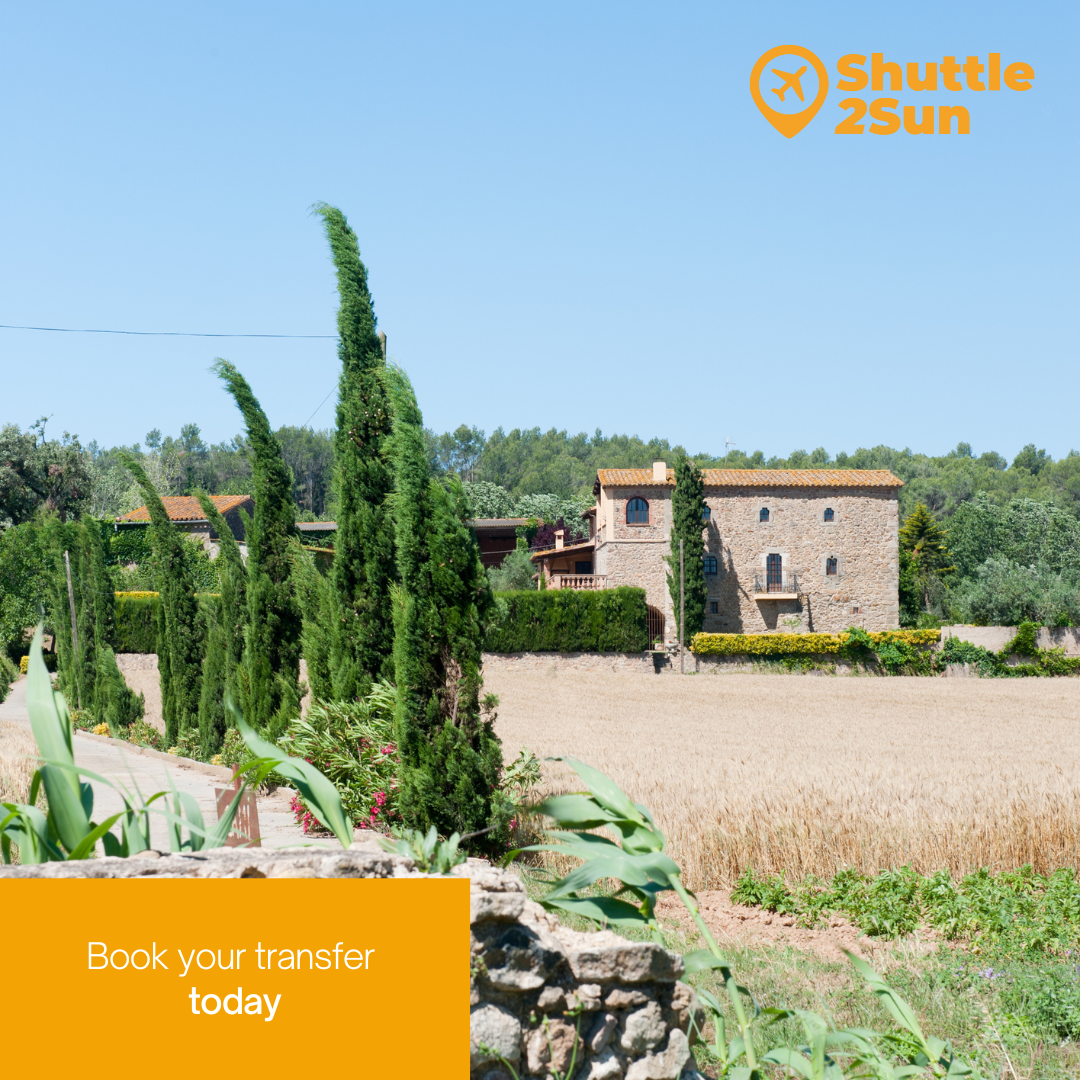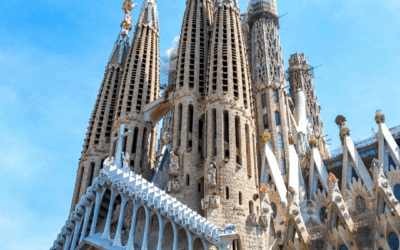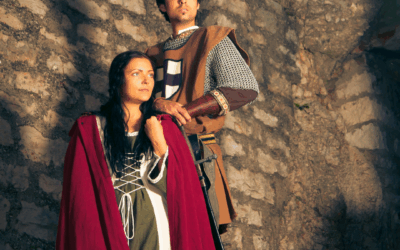The Púbol Castle, located in the picturesque Baix Empordà, is one of the most intriguing places in Catalonia, not only for its imposing medieval architecture, but also for the legacy left by Salvador Dalí. This castle, acquired by the brilliant painter in 1969, was an exclusive gift for his muse, Gala, and became an almost secret refuge for her.
The castle was not only an intimate place for Gala, but also her final resting place, as she is buried in one of the castle’s crypts, which adds a mystical and personal air to this space. Throughout this blog, we will explore the secrets, anecdotes and curiosities that make the Púbol Castle an essential stop for lovers of history, art and the legacy of the great Salvador Dalí.
We encourage you to discover this magnificent artistic enclave with Shuttle2Sun, which offers shared transfer services and private transfer services to Girona and Costa Brava, from Barcelona airport, Barcelona port and Girona airport. They are also available from Reus airport and Camp de Tarragona AVE train station. Remember that you can book your transfer up to 24 hours in advance.
Architecture of the Púbol Castle
The Púbol Castle stands out for its imposing medieval architecture, dating from the 11th and 13th centuries. Despite the various modifications over time, its original Gothic-Renaissance structure has remained virtually intact.
The castle is characterized by its sober and austere design, with thick stone walls, defensive towers and narrow windows that evoke its feudal past.
When Salvador Dalí acquired the castle in 1969, he respected its medieval essence, although he incorporated some decorative elements that added a surrealist touch, especially in its interior, with artistic details that reflect his style.
A gift from Dalí to his muse, Gala
The Púbol Castle was a very special gift Salvador Dalí gave to his muse and wife, Gala. Dalí had promised Gala an Italian villa, and upon discovering the castle in Púbol, he was enchanted by its appearance, reminiscent of Tuscan castles.
With this acquisition in 1969, Dalí fulfilled his promise, turning the castle into an exclusive retreat for Gala, where he could only visit her with her consent. This gesture was a sign of the deep love and devotion the artist felt for his muse, and the castle reflects their relationship in a unique and symbolic way.

Dalí was involved in the restoration and decoration of the castle, adding surrealist details that, while respecting the original medieval structure, imprinted his personal stamp on every corner. Gala lived there for long periods of time, and the castle became her private sanctuary, away from the hustle and bustle, where she only allowed access to whoever she chose, including Dalí.
Remember that Shuttle2Sun offers its shared transfer services and private transfer services, from Barcelona airport, Barcelona port and Girona airport. They are also available from Reus airport and Camp de Tarragona AVE train station.
The Gala Throne
Inside the Púbol Castle, one of the most fascinating and representative objects is the Throne of Gala, which symbolizes the almost monarchical power that Salvador Dalí conferred on his muse. This throne, located in one of the most prominent rooms of the castle, was designed to make Gala feel like a true queen in her personal sanctuary.

Dalí, always faithful to his surrealist style and his devotion to Gala, spared no detail in creating an environment that would enhance her figure.
The throne, surrounded by a solemn atmosphere, is not only a decorative piece, but a reflection of the peculiar universe that Dalí created for her, where Gala was the undisputed sovereign. It is worth noting that this seat has, on the backrest, an oil painting of a landscape created by the painter himself.
The castle was conceived as a private refuge for Gala, and the throne represents that sense of exclusivity and power that she exercised over this space. On many occasions, Dalí referred to Gala as his queen, and this throne is a clear manifestation of that concept.
Salvador Dalí’s own car
Salvador Dalí had a deep fascination for automobiles, which appear recurrently in his work, loaded with symbolism and surrealism. One of the most outstanding examples is his famous creation, the Rainy Taxi, an installation in the Dalí Museum that includes the Cadillac that Gala drove and with which they both toured the United States from coast to coast.
Cars were not simply a means of transportation for Dalí, but an extension of his artistic world. His Datsun 180B Wagon, now on display at Púbol’s Castle, is a further demonstration of this interest.
Although more functional than his artistic representations such as the Dressed Automobiles, the Datsun reflects his particular vision of cars as objects with personality and aesthetic value. For Dalí, cars were more than machines; they were metaphors for movement, power and modernity, integrated into both his personal life and his artistic work.
Dalí’s empty tombstone
One of the most poignant aspects of the Púbol Castle is the presence of an empty tombstone intended for Salvador Dalí, next to Gala‘s tomb in the castle’s crypt. Although Dalí was finally buried in the Dalí’s Theater-Museum in Figueres, respecting his wish to rest in his hometown, this empty tomb reflects the artist’s desire to always be with his beloved.
Following his habit of sleeping on Gala’s right side, his tomb was designed with a hole between the two crypts, so that, symbolically, they could hold hands forever. This arrangement reveals the deep love and devotion Dalí felt for Gala, even in death.
The Púbol Castle was one of the enclaves that marked Dalí’s relationship with his wife Gala. If you want to visit it, remember that with Shuttle2Sun‘s shared transfer services and private transfer services, you can get to Girona and Costa Brava, from Barcelona airport, Barcelona port and Girona airport. They are also available from Reus airport and Camp de Tarragona AVE train station. Remember that you can book your transfer up to 24 hours in advance.



